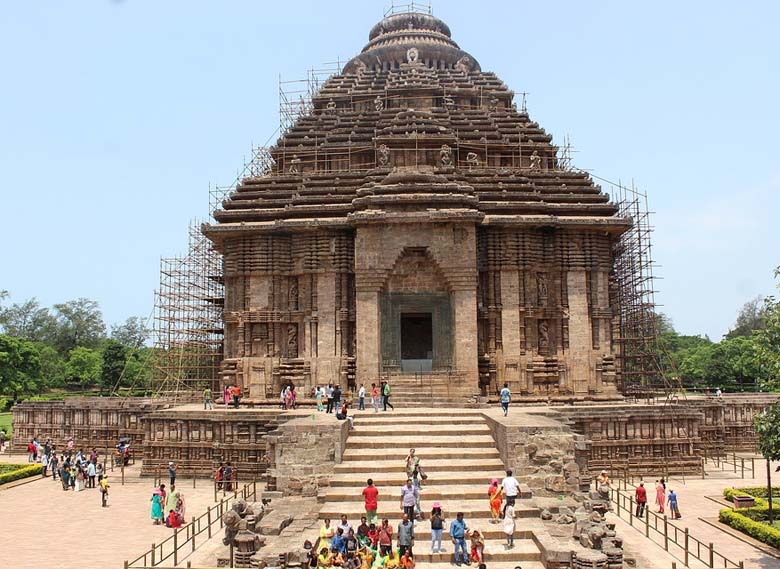Information about Tourist Places to visit in Bhubaneswar, Odisha
Bhubaneswar is known as India’s city of temples, and once had some 7,000 religious shrines. Today only a fraction survives, but they still total around 500, in various stages of preservation. Unfortunately, the greatest Bhubaneswar temple, the Lingaraj, is off-limits to non-Hindus; you can see its huge tower from miles away, but the closest most foreign travelers will get to it is a viewing stand erected during the British Raj, when Lord Curzon, the British Viceroy, paid a visit.
Admission is technically free at all of Bhubaneswar’s lovely temples. Upon entering any one of them, however, you may be harassed for money by the priest, who will follow you around, grumbling, with a dog-eared notebook (a phony donation register) scribbled with the names of foreign tourists and the amounts they’ve allegedly donated—with an extra zero tacked onto the end of each figure.
The temples are open daily, from sunrise to sunset. Entrance into the inner sanctums of active temples may be restricted for half an hour or so during offering times (early morning, around noon, and late afternoon).
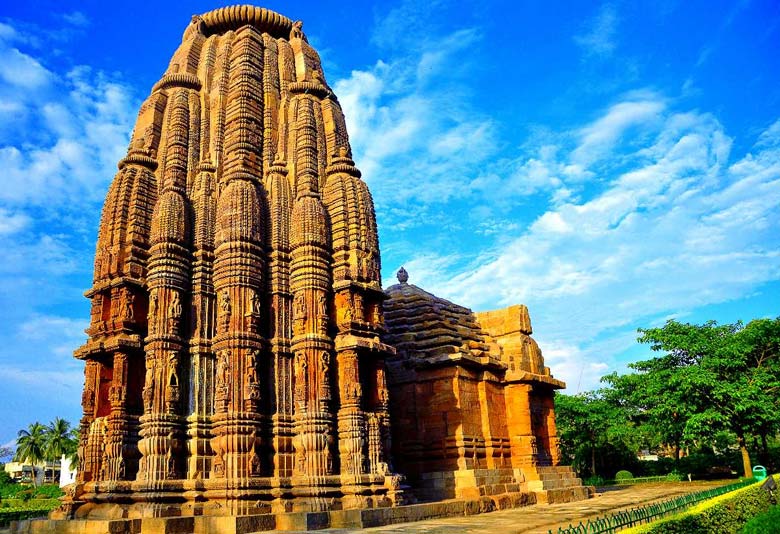
Bhubaneswar odisha
Most of the sights—the ancient Hindu temples—are in the Old Town. All of the major temples are within an area of less than 3 mi by 1 mi, so you can walk among them if it’s not too hot. If it is, make an arrangement with a taxi or auto-rickshaw; just negotiate the price first or you’ll be taken for a ride. Start with Bindusagar, where early-morning bathers seek blessings. From here a walk west brings you to the 8th-century Vaital Temple. On the opposite (east) side of Bindusagar is the 7th-century Parasurameswara Temple. About 1 km (1/2 mi) to the west is the 10th-century Mukteswar Temple; on the same grounds is the whitewashed Kedareswar Temple. Continue east for 700 yards to see the 11th-century Rajarani Temple, standing pristine on manicured grounds. A little farther along the road going east are crossroads; turn right (south) and you’ll come to wonderfully carved Brahmeswar. You might want transport to travel the 3 km (2 mi) to the Lingaraj Temple Complex; to walk here, retrace your steps to the crossroads and turn left onto Tankapai Road, back down the way you came, but before Rajarani take another left that will bring you down to Puri Road. Cross over and head up the small busy road lined with stalls to the temple.
Sightseeing Places to visit in Bhubaneswar
If there’s still time left in the day, visit the Tribal Museum to learn about Orissa’s various cultures and crafts.
It takes a full morning to see all the temples. It’s best to start early, around 8 AM, so as not to be hiking around in the midday sun. Most of the temples will take 15-20 minutes to explore, though you might want to spend more time browsing the stalls and soaking up the pilgrimage atmosphere around the Lingaraj Temple Complex. If you go on to the Tribal Museum, allow 15 minutes to get there and another 45 minutes inside.
Top 8 sightseeing places to visit in Bhubaneswar, Odisha , All of these temples are in Old Town.
#1. Bindusagar

bindu sagar bhubaneswar
Surrounded by a stone embankment, the largest sacred tank in Bhubaneswar was the central point around which Bhubaneswar’s multitude of temples was originally built. Believing that this tank is filled with water from every sacred stream and tank in India, and can there-fore wash away sins, pilgrims come here to cleanse themselves.
#2. Brahmeswar Temple
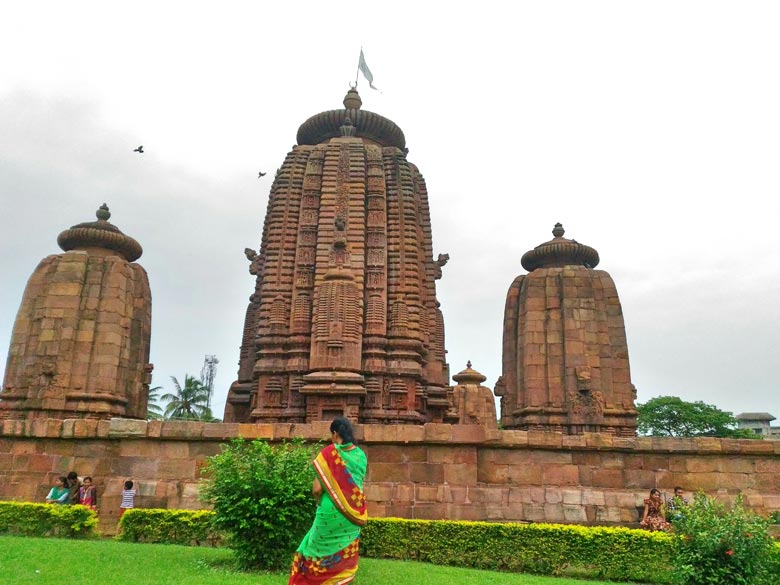
Brahmeswar Temple
The outside of this 11th-century temple is sumptuously carved with scrolls of monkeys, swans, and deer, figures of gods and goddesses, and religious scenes. Over the entrance is a row of similar figures representing the nine planets. If you’re lucky, you’ll be shown around by a squat priest who will hold forth on the temple’s carvings and their complicated symbolic significance. (He’ll expect a tip.)
#3. Lingaraj Temple Complex
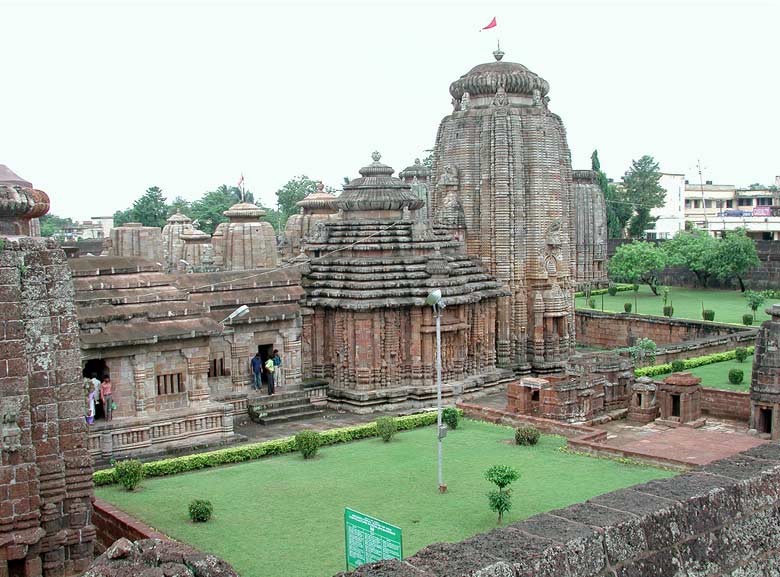
Lingaraj Temple Complex
This giant 11th-century shrine is considered the ultimate in Orissan temple architecture by Hindu devotees and art historians alike. A world in itself, with some 100 smaller votive shrines, the temple sits in a huge walled compound that teems with activity. The closest non-Hindus will get to this temple is the small, raised platform 100 yards away, from which you can strain to see the buildings’ profuse exterior carvings, a high point of Hindu decorative art. Alas, unless you’ve brought binoculars, most of the details will elude you.
Dating from about 1050, the Lingaraj Temple originally consisted of only the porch and shrine; the dancing hall and the hall of offerings were added about 100 years later. The viniana (curvilinear tower), built without mortar, soars to a height of 147 ft. Note that many enterprising locals post themselves at the foot of the platform stairs with a phony guest register and demand a donation for climbing the stairs. The money will not go to the temple, let alone the stairs, but into their pockets. Non-donors are likely to be harassed.
#4. Mukteswar Temple
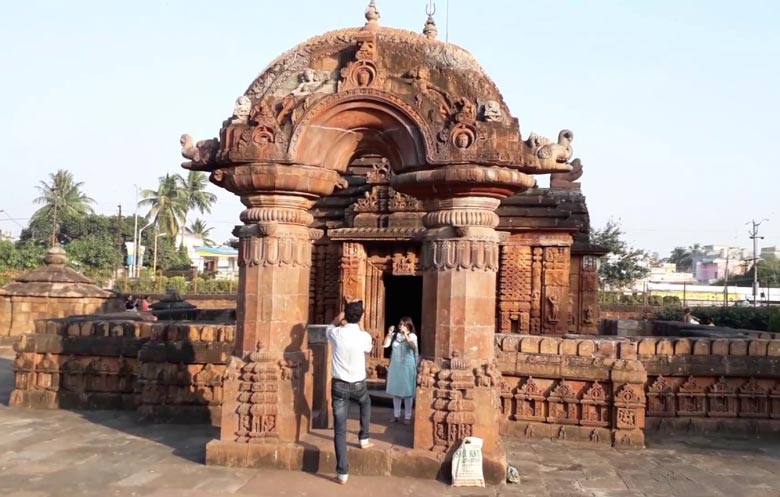
mukteswar temple bhubaneswar
Bhubaneswar’s smallest temple was built in the 10th century. Its earthy-red sandstone body is encrusted with intricate carvings, from emaciated, crouching sadhus (Hindu holy men) to voluptuous, buxom women bedecked with jewels. On the left side of the entrance, the statues of bearers grimace under the temple’s monumental weight. The Mukteswar’s most distinctive feature is its torana, a thick-pillared, arched gateway draped with carved strings of beads and ornamented with statues of smiling women in languorous positions. Buddhist influence is visible here. Beyond the torana, set back in a shady yard, stands the Kedareswar Temple, with its 8-ft statue of Hanuman, the monkey god.
#5. Parasurameswara Temple
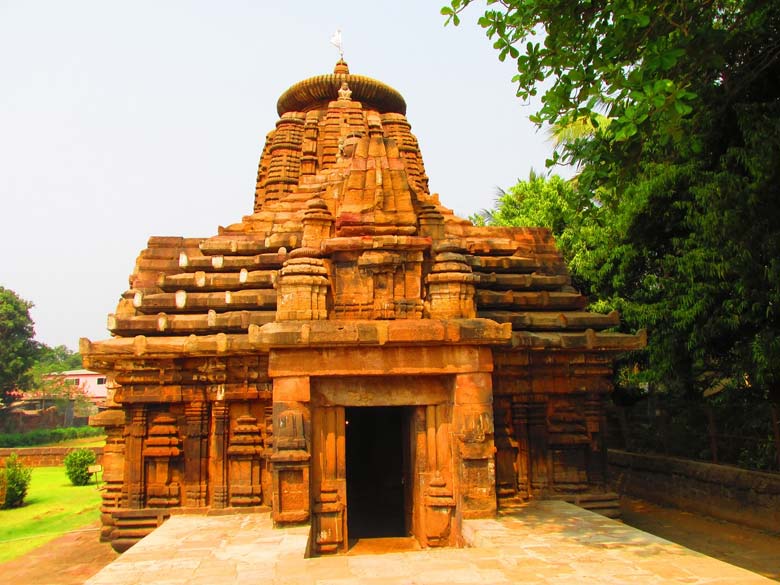
parasurameswara temple bhubaneswar odisha
Built in AD 650, this small temple is the oldest of those remaining in Bhubaneswar. It’s a perfect example of the pre-10th-century Orissan style: A high spire curves up to a point over the sanctum, which houses the deity, and the pyramid-covered jagamohan, where people sit and pray. The facade is covered with carvings of Ganesh, the elephant god of wisdom and prosperity, and other deities and ornamentation.
#6. Rajarani Temple
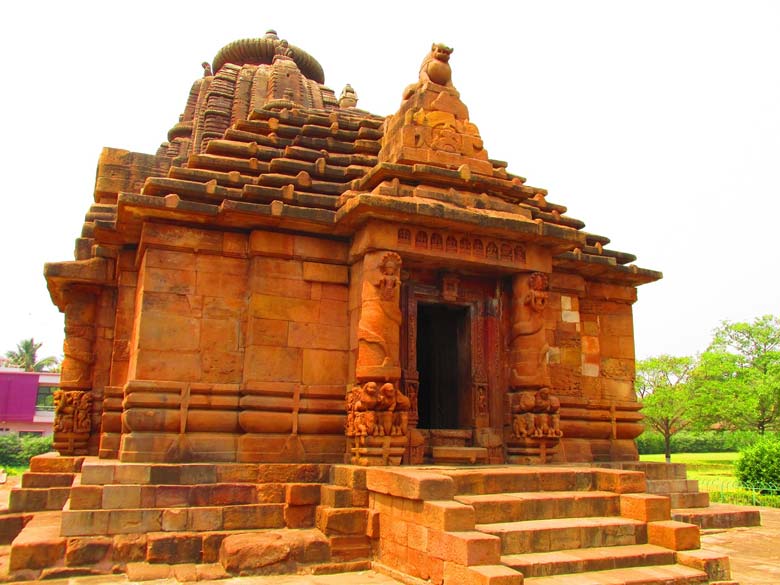
Rajarani Temple Bhubaneswar Odisha
Standing by itself in green rice fields, far back from the road, this 11th-century structure is perhaps the most harmoniously proportioned temple in the city, and is definitely the most peaceful. The Orissan king who created the Rajarani died before its finishing touch—a deity—was installed, leaving its sanctum sanctorum eternally god-less, yet filled with a lingering calm. There are no aggressive priests here. The temple’s carvings are lovely, with dragons tucked into cracks, en-chanting couples in erotic poses, and beautiful women smiling with distinctly non-stony warmth. A small tip to the gardener-caretaker will get you inside.
#7. Tribal Museum
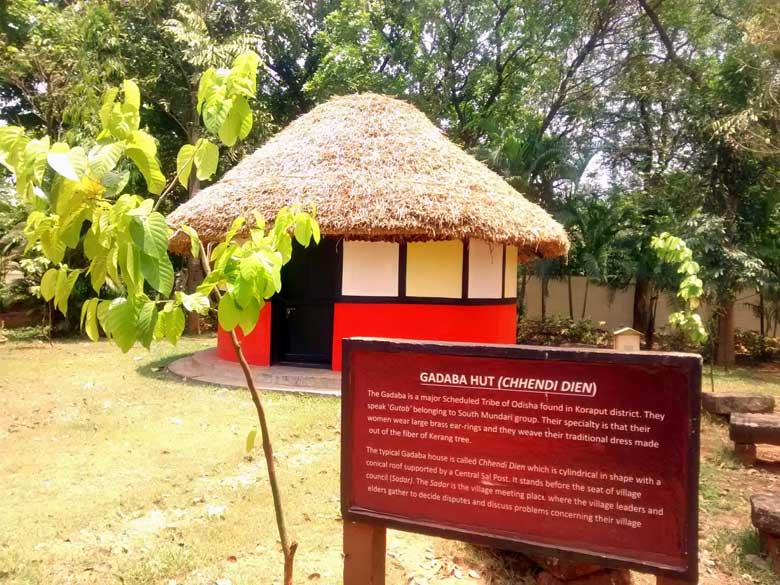
Tribal Museum Bhubaneswar Odisha
This small, informal museum, run by the state’s tribal-research institute, provides a glimpse of the traditions and daily lives of many of Orissa’s 62 tribes. Set back in a garden, several thatched-roof huts in various styles house jewelry, ornaments, weapons, figurines, dresses, and other everyday objects. Many of the items are still in use, but some are being phased out as the modern world seeps in.
#8. Vaital Temple
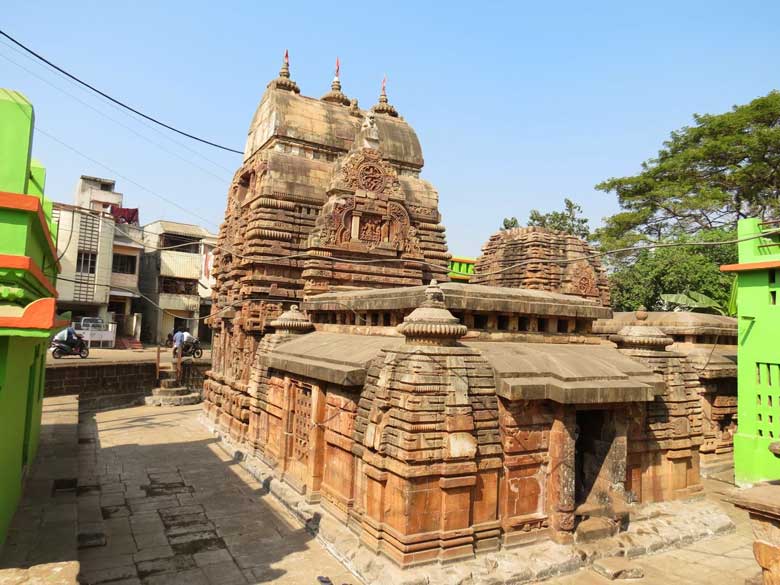
Vaital Temple Bhubaneswar Odisha
This 8th-century structure near the Bindusagar tank is one of the area’s earlier temples. Unlike others in Bhubaneswar, it’s de-voted to tantric goddesses, and its two-story, barrel-shaped roof shows the influence of South Indian architecture. Bring a flashlight, if possible, to see the macabre carvings inside.
For more information on Top 8 sightseeing places to visit in Bhubaneswar, Odisha, Get in touch with a leading travel agent in India – Swan Tours who have been promoting tourism in the area since 1995.
